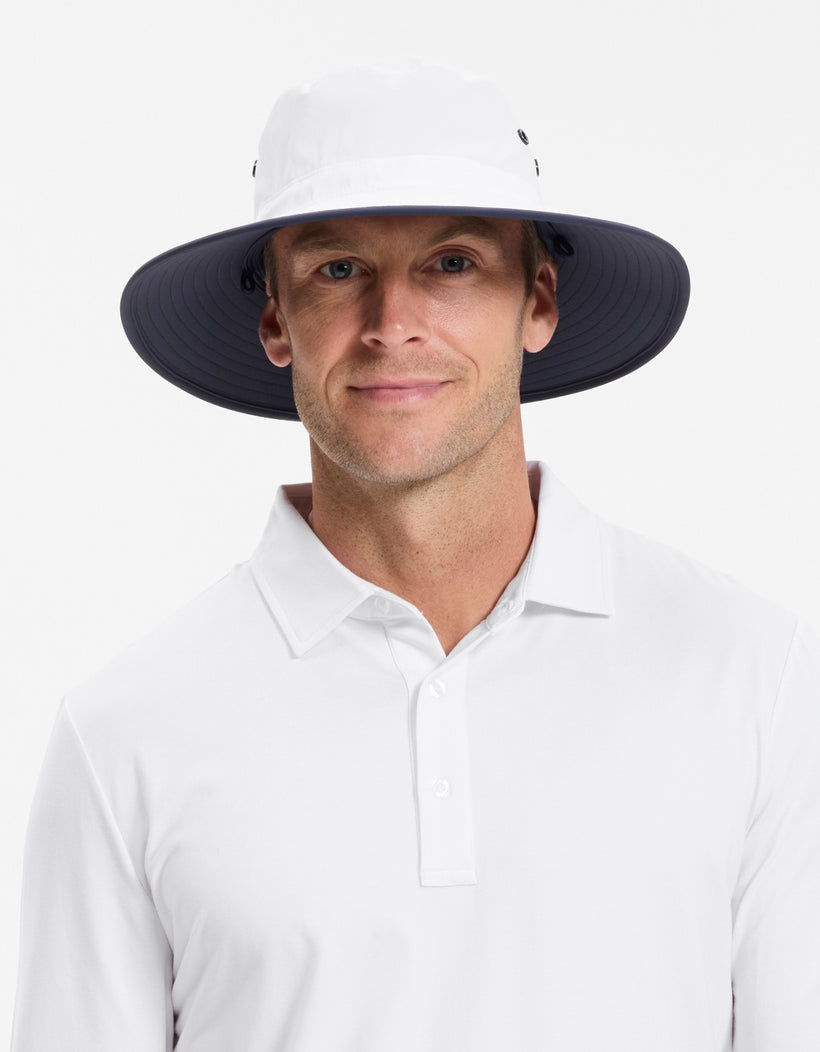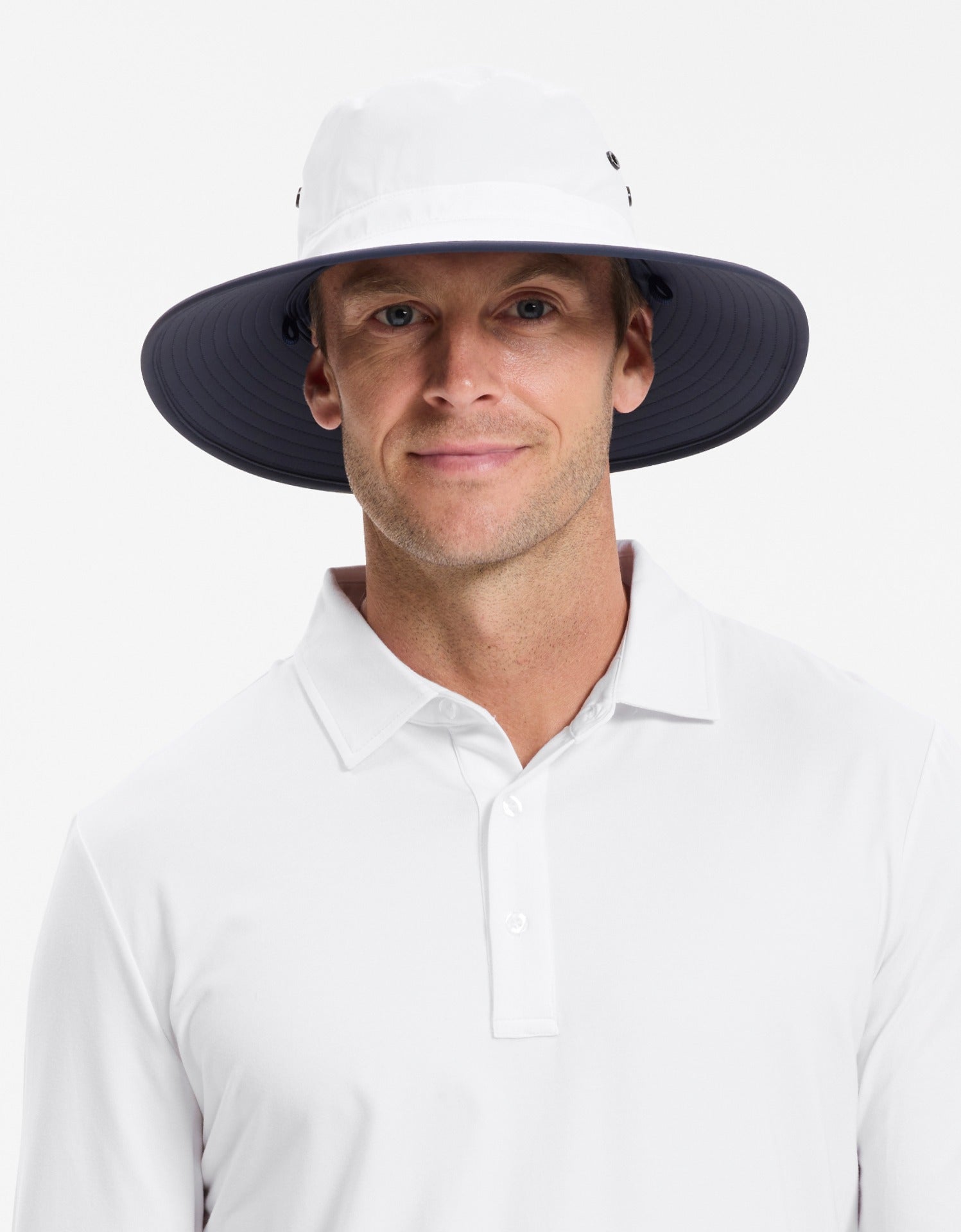What is squamous cell carcinoma?

Squamous cell carcinoma (or SCC as it also known) is second most frequent form of non-melanoma skin cancer, accounting for around 30% of all identified cases. For context, around 1 million cases of squamous cell carcinoma are diagnosed and treated in the US every year.
SCC arises from uncontrolled growth of squamous cells in the upper level of the skin also known as the epidermis.
SCCs can take on many different physical features which makes it harder to identify but often look like scaly red patches, warts or raised growths, open sores and they must crust or bleed.
SCCs are caused by cumulative exposure to the sun. People with type 1 skin types (that is people with fair skin, red or blonde hair and blue eyes) are most susceptible to non-melanoma skin cancer, but anyone who is routinely exposed to sunlight is at risk.
As SCCs are caused by sun damage to the skin, they are often found in areas that have been most exposed to the sun including the head, face, lip, nose and neck, shoulders and legs.
The vast majority of squamous cell carcinomas are diagnosed and treated by a doctor at the same time. The survival rate is very high, but sadly too many die as a result of non-melanoma skin cancer.
Australia is the global leader in the prevention, diagnosis and treatment of skin cancer.
Solbari is the leading sun protective clothing brand in Australia with customers in over 60 countries.
Solbari Sun Protection offers an award-winning range of UPF 50+ sun protective clothing, broad brim sun hats, arm sleeves and umbrellas.
You can find out more about Solbari's certified UPF50+ sun protective range by clicking the links below:
Women UPF 50+
Men UPF 50+
Sun Hats UPF 50+
Accessories UPF 50+
SPF 50+ Sunscreen
Skin Check App












